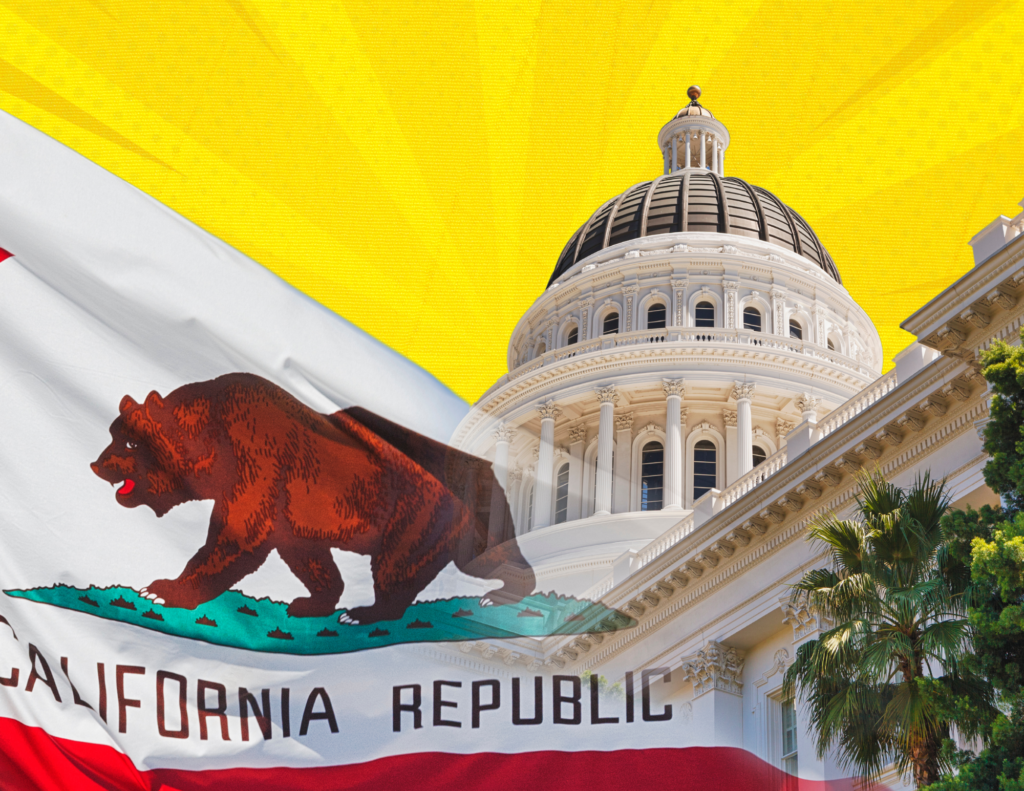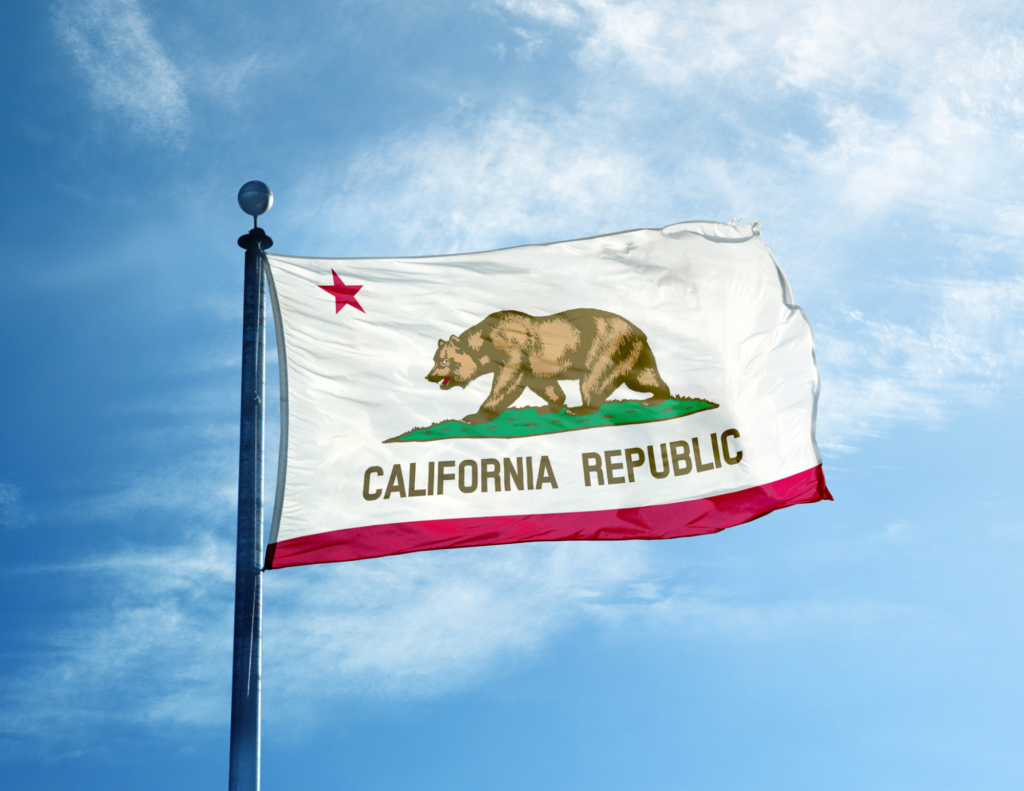California Can Protect Climate Policies—and Pocketbooks
Lawmakers can use climate policies to alleviate some cost burdens. They should also resist the narrative that climate progress is driving affordability concerns.

Affordability is the name of the game at the California Legislature this session, with leaders in both the Assembly and the Senate talking explicitly about cost of living. But legislators’ focus on bringing costs down for average Californians doesn’t need to come at the expense of forward-thinking climate policy. Here are a few things legislators should keep in mind this session:
California’s market-based programs to reduce greenhouse gas emissions have delivered cost-effective results and will help the state avoid serious costs in the future. California’s Low Carbon Fuel Standard (LCFS) came under fire during the regulation’s recently-concluded amendment process, with the oil and gas industry claiming that costs associated with the program hit Californians hard at the pump. As the Legislature gears up to debate the reauthorization of Cap-and-Trade, one of California’s signature market-based emission reduction programs, similar concerns are sure to play a role. But it’s worth remembering that fluctuations in fuel prices have historically occurred independently of program credit prices. In recent years, gas prices have spiked while LCFS credit prices have declined, for example. And Cap-and-Trade has a built-in price ceiling that is designed to stave off uncertainty about compliance costs. The reality is that the reasons gas prices are high in California are complex and involve factors unrelated to the state’s environmental policies.
But there’s no denying that compliance with these programs does cost money, and that those costs are at least partially passed through to consumers. A couple of points here. First, these programs are mechanisms to achieve statutorily mandated reductions in greenhouse gas emissions and are, at least by some accounts, the most cost-effective way to do that. They have a proven track record, but they aren’t free. Second, and perhaps more importantly, abandoning our climate goals comes with huge costs, too—and not just from climate change. Staying the course will save Californians $200 billion in health costs from pollution by 2045. As they continue to address fuel and utility prices, lawmakers should also do a better job of communicating this important context, which hasn’t always been a focus of reporting on energy costs. Avoided costs are hard for constituents to see and appreciate, though, especially when they’re filling up their cars or paying their utility bills. That’s why legislators should do what they can to alleviate the up-front costs associated with the transition away from fossil fuels (more on that below). But they shouldn’t let short-term fears about gas prices, which are challenging to predict, interfere with future cost savings associated with a greener economy.
And lawmakers should also seize opportunities to push back on the narrative that climate policies are a key driver of the affordability concerns plaguing constituents. Gas prices are easy to fixate on, but for the majority of Californians, represent 5% or less of monthly expenses (though it’s also true that they make up a higher share of household expenses for the lowest-income Californians, which is why, as discussed below, legislators should prioritize those communities as they think about how to allocate state resources to achieve climate goals). While climate policies should be designed and implemented with equity in mind, they themselves aren’t the vehicle to solve many of the affordability issues troubling constituents, like housing costs and low wages. As legislators tackle those big cost of living pressures by other means, they should also point out when media or industry messaging saddles climate policies with an outsized share of the blame.

Protecting climate policies — and California values — can save constituents money. As the state gears up for Trump 2.0 litigation battles, bills have already been introduced to resource California’s Department of Justice in the fight. The proposed $25 million investment should pay dividends for Californians if the outcome of efforts during Trump 1.0 is any indication: Just one successful challenge (to the Trump 1.0 administration’s delay of energy efficiency standards) is projected to have saved consumers over $8 billion in energy costs. The Governor has also already committed to stepping in to backfill the anticipated elimination of the federal zero-emission vehicle (ZEV) tax credit, a move that would help make electric vehicles (EVs) affordable for more Californians. On that point, as a recent UC Davis study shows, the state still has lots of work to do to help lower-income Californians transition to EVs—and purchase incentives and state support for buildout of charging infrastructure could help. Investing in equity-focused expansion of charging infrastructure and building on California’s existing means-tested purchase incentives program could help get lower-income Californians out of gas-guzzling clunkers and into EVs that are less costly for them, and for the climate.
The Greenhouse Gas Reduction Fund can be a powerful tool. As the Legislature grapples with Cap-and-Trade reauthorization this year, legislators have an opportunity to revisit not only the program’s design, but the ways in which Greenhouse Gas Reduction Fund (GGRF) dollars—the proceeds from Cap-and-Trade auctions—are allocated. The GGRF already funds many important programs that are helping California make equitable climate progress (like existing EV purchase incentives, weatherization improvements for low-income households, and equitable building decarbonization projects), but other allocations, such as those for the state’s high speed rail project (which receives a continuous appropriation of 25% of auction revenue each year), have been questioned. The GGRF currently represents about $4 billion in annual funds to spend on projects that reduce climate impacts and provide tangible benefits to Californians. This year, legislators should think both about how changes to program design could impact GGRF revenue and about how the GGRF can be used to ease the costs of transitioning to a green economy for average California consumers.
Thoughtful management of electric utilities’ wildfire risk will go a long way. In recent years, utility rate increases at California’s “Big 3” investor-owned utilities—Pacific Gas & Electric, Southern California Edison, and San Diego Gas & Electric—have been driven in large part by wildfire-related costs: both liability for utility infrastructure-caused ignitions and wildfire risk mitigation costs. The utilities have already made, and received approval for, requests to increase rates to account for wildfire-related expenditures, but there has not been a thorough accounting to date of whether the utilities are following through with planned improvements, or how effective they are. Nor are utilities required to thoroughly assess cost-effectiveness in their planning documents to address wildfire risk (Wildfire Management Plans, or WMPs). The result is that ratepayers are footing the bill for costly wildfire mitigation efforts, like undergrounding utility lines, without a clear understanding of whether these measures return the biggest bang for customers’ bucks.
The Legislature could do a couple of things here. First, it could beef up the WMP process by requiring the utilities to be more transparent about the cost-effectiveness of their proposals and how well they’re using the resources they already have to mitigate risk. Second, because avoiding utility-caused megafires benefits all Californians—it reduces air quality impacts and associated public health harms, contributes to a more resilient grid that serves both publicly-owned and investor-owned utility customers, preserves California’s forests as a much-needed carbon sink, and avoids significant greenhouse gas emissions—the Legislature could consider ways to absorb some wildfire mitigation costs as part of the state’s budget, rather than placing them on the backs of ratepayers.

It’s time to talk about replacing the gas tax. California is making serious headway on EV adoption goals on its way to a planned ban on the sale of new internal combustion engine (ICE) vehicles in state by 2035. But as EV sales go up, gas tax revenue goes down, creating a funding shortfall for critical transportation infrastructure projects and leaving Californians with older, less fuel-efficient ICE vehicles—who are usually lower-income—holding the bag. Transitioning the state to an income-based road usage fee (something our UCLA California Environmental Legislation Clinic students Maria Trubetskaya and Conor Danaher have been thinking hard about!) could both provide much-needed revenue for transportation infrastructure and prove less costly for drivers, particularly lower income drivers, in the long run. As a first step, making sure current EV drivers, who tend to be higher-income Californians, pay their fair share to fund transportation infrastructure is an important step to alleviate cost burdens on lower-income drivers.
California legislators have their work cut out for them this session. Though the state’s budget deficit is much smaller this year, it’s still a deficit—and critical federal funding for some climate programs may dry up, leaving California to try to bridge the gap while it also expends resources fighting the Trump administration in court. At the same time, lawmakers are confronting a perceived affordability crisis and will need to find ways to take the pressure off constituents’ pocketbooks. Policies that equitably address climate change can save Californians money in both the short and long term. Legislators should spend the next session helping constituents realize—and understand—those benefits.
Reader Comments
3 Replies to “California Can Protect Climate Policies—and Pocketbooks”
Comments are closed.






The road usage fee should be mileage-based, not income-based.
Mileage data is easy for the state to acquire and doesn’t raise privacy issues. It also addresses the equity issue in a fair and transparent way by bringing inadvertently minted free-riders (EV owners) back into the fold. Importantly, it maintains the link between impact and accountability.
Foregrounding equity beyond the scope of actual impact raises political and philosophical issues.
Equity is a structural, societal problem. It’s tempting to look at every government program that implicates money as a way to nibble at it. But that creates resentment in many members of the paying constituency, since it transcends the scope of the issue at hand and doesn’t directly relate to the root causes of inequity. Isn’t this a major take-away from the recent election results?
Having to travel greater distances in ICE vehicles isn’t a root cause of inequity, it’s an effect, albeit one that does feed back and magnify the inequity in a recursive loop.
Inequity beyond fair-share road maintenance payment is more justly (and politically more straightforwardly) addressed by policy in the root-cause areas of wages, taxes, and housing.
I bought an EV a year ago, and far from saving on gas (I previously had a hybrid), the cost of my registration alone is greater than the cost of gas for my hybrid plus the annual registration on the hybrid. I want to know what the DMV does with all that money.
I posted that I wanted to know what DMV registration fees are used for. Here is a partial answer, from the DMV website.
1. Base Registration Fee … a standard fee that comes with owning a vehicle in CA … a universal requirement … typically about $46 annually. [BUT what is it USED FOR? DMV admin?]
2. California Highway Patrol (CHP) Fee: This fee supports the operations of the CHP and is currently set at $27.
3. Vehicle License Fee (VLF): Calculated at 0.65% of your vehicle’s value … decreases as your vehicle ages … considered a property tax, making it tax-deductible …
4. County Fees: DEPENDING ON where you reside, local county fees may apply. County transportation projects rely on these fees, which CAN VARY PRETTY DRAMATICALLY [caps mine]
5. Transportation Improvement Fee: This fee ranges from $25 to $175, based on the vehicle’s current value and is used for state transportation projects. [SEEMS like it should help the declining tax situation since new EVs cost so darn much.]
6. Special Plate Fees: If you choose specialty license plates, additional fees will apply … can go towards environmental or social causes depending on the plate chosen.